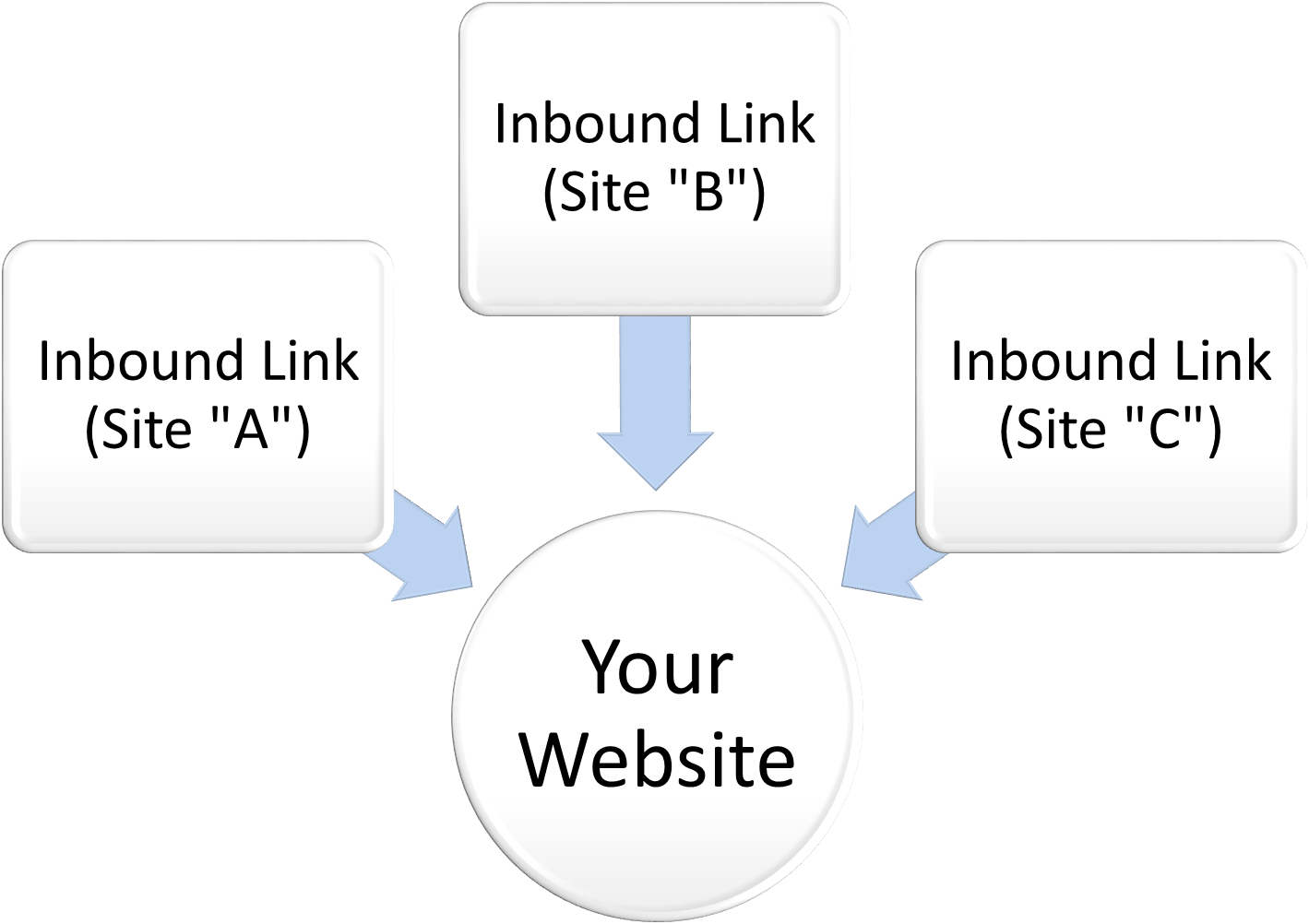
What Are Inbound links in SEO?
Inbound links are links that come from an external webpage to your website or a specific page within your site. These links can appear in different forms, such as:
- A linked image used on a third-party website as a reference or resource pointing back to your site.
- A hyperlink within text,
- A clickable naked URL (e.g., www.example.com), or
- A linked image used on a third-party website as a reference or resource pointing back to your site.
Inbound links can be earned naturally or created manually by submitting articles, guest posts, or other content on external websites. This is a common SEO practice used to build backlinks with the goal of improving the rankings of a landing or targeted page.
These links may come from niche-based domains (relevant to your industry) or, at times, from non-niche domains. In both cases, the creation of inbound links helps in boosting the authority and visibility of your website in search engine results.

What is the Motive of Inbound Links in SEO?
The main purpose of inbound links is to build the page authority of specific targeted pages of a website. This helps in gaining the trust of search engines, which in turn improves the chances of achieving higher rankings.
In addition to this, inbound links also play a key role in generating referral traffic to the linked website. Such traffic can later be leveraged for remarketing campaigns, audience building, demographic analysis, and other analytical insights that support digital marketing strategies.
What are the Benefits of Inbound Links in SEO?
- Inbound links help in increasing the page authority of a webpage.
- They assist in driving quality traffic to a website.
- Inbound links contribute to improving the rankings of a webpage for targeted search terms, which further helps in generating more quality organic traffic.
- They play a vital role in building trust and credibility of a website in the eyes of search engines.


0 Comments